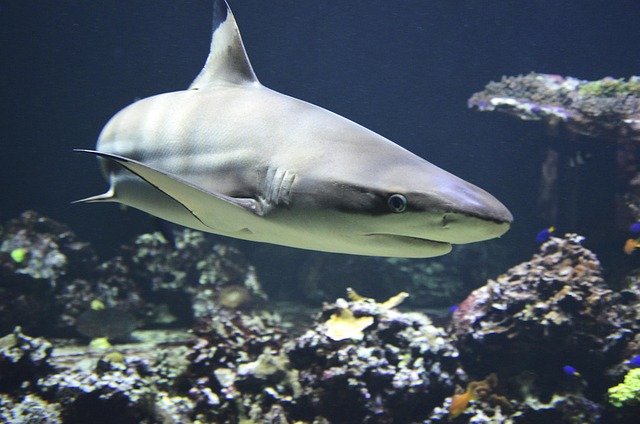Pufferfish: Oceanic Masters of Self-Defense
Pufferfish, with their remarkable ability to inflate and formidable toxicity, have long captivated marine enthusiasts and scientists alike. These extraordinary creatures, found in tropical and subtropical oceans worldwide, possess a unique combination of defensive mechanisms that make them one of the most intriguing species in the animal kingdom. From their peculiar appearance to their potent neurotoxin, pufferfish continue to be a subject of fascination and study in marine biology.

The Pufferfish’s Inflatable Defense Mechanism
Pufferfish are renowned for their ability to rapidly inflate their bodies when threatened. This remarkable defense mechanism involves the fish quickly ingesting large amounts of water or air, causing their bodies to expand to several times their normal size. The inflation process not only makes the pufferfish appear much larger to potential predators but also causes their spines to stand erect, creating a formidable, spiky barrier.
The inflation process is a complex physiological feat. Pufferfish have elastic stomachs that can expand to accommodate the sudden influx of water. This ability is complemented by a specialized set of muscles and a unique skeletal structure that allows for rapid expansion without damaging internal organs. Interestingly, this inflation can be performed multiple times without harm to the fish, though it does require significant energy expenditure.
Tetrodotoxin: Nature’s Deadly Weapon
Perhaps even more remarkable than their inflation ability is the pufferfish’s toxicity. Many species of pufferfish contain tetrodotoxin, one of the most potent neurotoxins known to science. This toxin is primarily concentrated in the fish’s liver and ovaries, but it can also be found in smaller amounts in the skin and other organs.
Tetrodotoxin works by blocking sodium channels in nerve cells, effectively shutting down neural signaling and leading to paralysis and, potentially, death. The toxin is so potent that a single pufferfish can contain enough to kill up to 30 adult humans. Interestingly, pufferfish do not produce the toxin themselves but acquire it through their diet, particularly from certain species of bacteria found in their natural habitat.
Ecological Role and Habitat
Pufferfish play a crucial role in marine ecosystems. As predators, they help control populations of various invertebrates and smaller fish. Their unique defense mechanisms also make them an important part of the food web, influencing the behavior and evolution of their predators.
These fascinating creatures can be found in diverse marine environments, from coral reefs to open oceans. Different species have adapted to various habitats, with some preferring shallow coastal waters while others inhabit deeper, offshore areas. This diversity in habitat has led to a wide range of adaptations among pufferfish species, contributing to their success as a family.
Human Interaction and Cultural Significance
The relationship between humans and pufferfish is complex and multifaceted. In some cultures, particularly in Japan, certain species of pufferfish (known as fugu) are considered a delicacy. The preparation of fugu requires extensive training and certification due to the extreme toxicity of the fish. This dangerous culinary tradition has led to occasional fatalities but remains an important part of Japanese cuisine.
Beyond their culinary significance, pufferfish have also captured the public imagination through popular culture and media. Their unique appearance and defensive abilities have made them popular subjects in documentaries, aquariums, and even animated films. This cultural presence has contributed to increased awareness and interest in marine conservation efforts.
Conservation and Research
As with many marine species, pufferfish face threats from overfishing, habitat destruction, and climate change. Some species are considered vulnerable or endangered, prompting conservation efforts to protect these unique creatures. Research into pufferfish biology and ecology continues to yield new insights, not only about the fish themselves but also about broader marine ecosystems.
Recent studies have focused on understanding the genetic basis of tetrodotoxin resistance in pufferfish, which could have implications for medical research. Additionally, ongoing research into the bacteria responsible for producing tetrodotoxin may lead to new applications in pharmacology and neuroscience.
In conclusion, pufferfish remain one of the ocean’s most fascinating inhabitants. Their remarkable defense mechanisms, ecological importance, and cultural significance make them a subject of ongoing interest for marine biologists, conservationists, and the general public alike. As we continue to explore the depths of our oceans, these extraordinary creatures serve as a reminder of the incredible diversity and adaptability of life on our planet.




